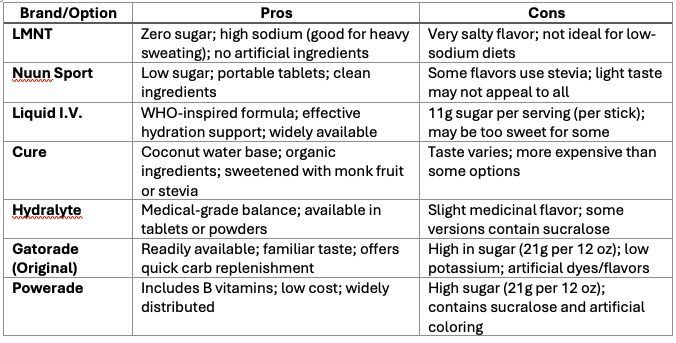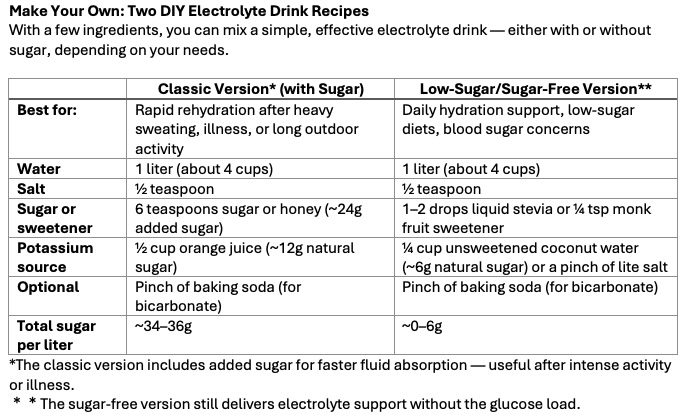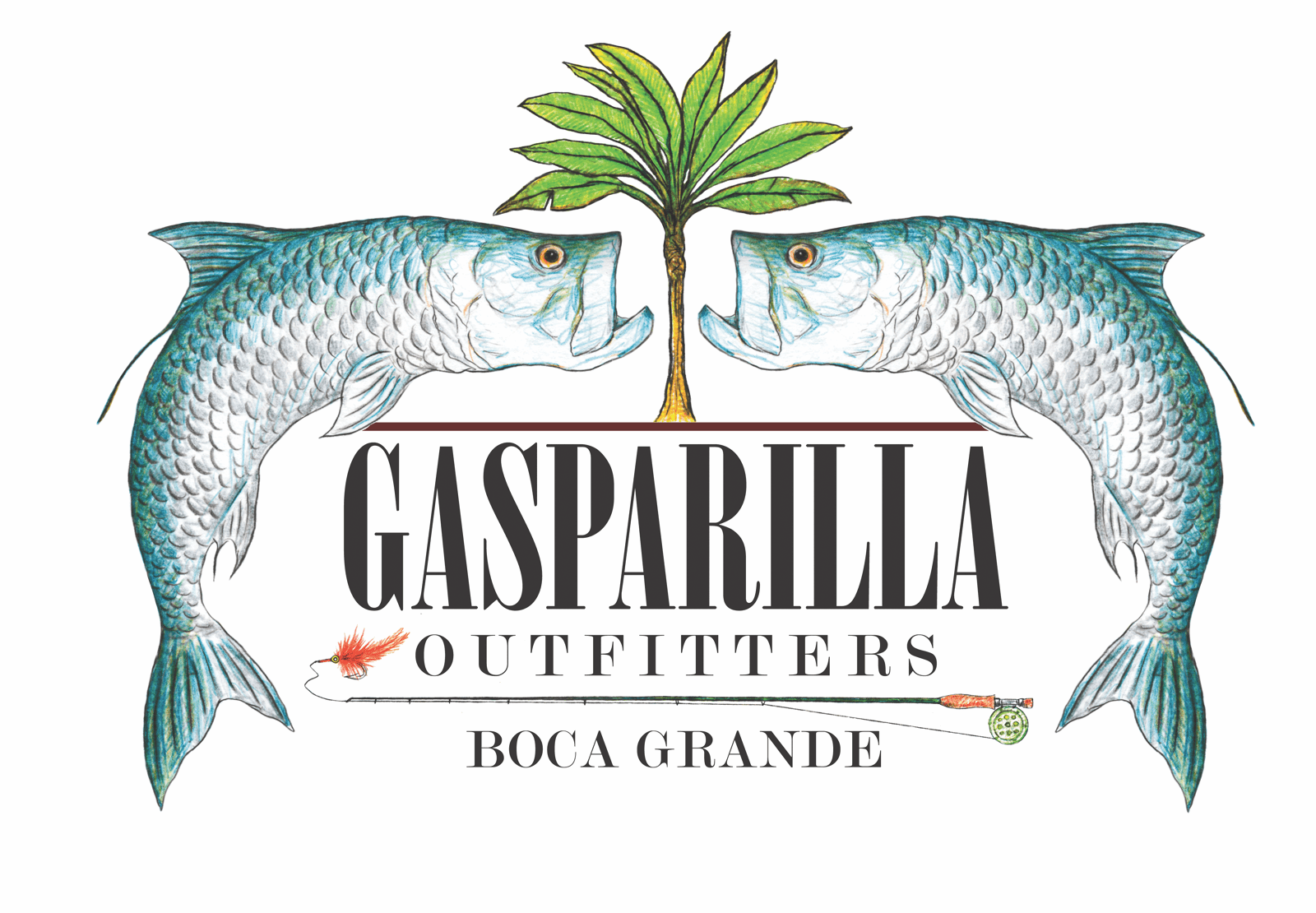Beyond the Hype: What’s really in your electrolyte drink

BY THE BOCA GRANDE HEALTH CLINIC
Electrolyte drinks have become a popular choice for staying hydrated, not only after workouts but also during long days in the Florida sun. Whether you’re playing tennis, doing yard work, working in construction, or spending hours on a boat, heavy or extended sweating means your body needs more than just plain water.
After last summer’s popular article on electrolyte beverages sparked so many follow-up questions, we’re revisiting the topic with a closer look at how to choose the right drink, which ingredients to watch for, and simple recipes you can make at home.
Is Your Electrolyte Drink a Good Choice?
“Not all electrolyte drinks are created equal,” says Emily Haly, M.D., Boca Grande Health Clinic. “While some truly support hydration, others are just sugar water with clever branding. Even sugar-free drinks can be misleading, packed with artificial sweeteners or highly processed “natural” ingredients.”
Here’s what to look out for:
- Stevia: A plant-derived, zero-calorie sweetener. While often marketed as “natural,” most stevia on the market is highly refined. Some people report bloating or a bitter aftertaste.
- Monk Fruit: Also derived from a plant, monk fruit extract is generally better tolerated but still undergoes significant processing.
- Katemfe Fruit (Thaumatin): A sweet protein derived from a West African fruit. While naturally occurring, its commercial use is still relatively new and not widely studied long term.
- “Fruit flavoring”: Often a mix of synthetic compounds. If the label says “natural flavors” without further detail, it’s worth questioning what’s actually in the bottle.
According to Harvard’s T.H. Chan School of Public Health, the effects of many low- or no-calorie sweeteners on metabolism and digestion are still being studied — so moderation is wise, even with “natural” options.
“Natural doesn’t always mean simple or easy for your body to process,” notes Dr. Haly. “Read the full label and aim for the shortest ingredient list possible.”
The best electrolyte drinks have short, transparent ingredient lists. Look for water, sodium (salt), potassium, a small amount of natural sugar or juice, and no artificial colors, flavors, or preservatives. “A good rule of thumb,” says Dr. Haly, “is water, sodium, potassium, a touch of glucose for absorption – and not much else.”
What’s the Right Balance – and How Much Do You Need?
To rehydrate effectively – especially after significant fluid loss – your body needs the right ratio of water, salt, and sugar. The World Health Organization developed a gold-standard oral rehydration solution used globally to treat dehydration. The formula supports rapid absorption by mimicking the body’s natural electrolyte transport mechanisms.
World Health Organization’s formula per Liter of Water
- Glucose: 13.5g (~6 teaspoons sugar)
- Sodium: 2.6g
- Potassium: 1.5g
- Citrate or bicarbonate: 2.9g
Many commercial sports drinks deviate from this – often with too much sugar and too little salt – so check the label or try making your own.

How Much Electrolyte Drink Is Enough?
For most healthy adults, one to two servings – about 16 to 32 ounces – is enough to replenish fluids and electrolytes after:
- An hour or more of sweating
- Intense physical activity
- Dehydration from illness (vomiting or diarrhea)
- Long exposure to sun and heat (like boating or yard work)
More isn’t always better. Overdoing it can lead to electrolyte imbalances, including too much sodium or potassium. “Most people do well alternating electrolyte drinks with water after prolonged sweating,” says Dr. Haly. “Pale-yellow urine and clear thinking are good signs you’re on track.”
Do You Also Need to Replace Vitamins?
While electrolytes like sodium and potassium are most important during rehydration, heavy sweating also causes small losses of water-soluble vitamins, such as vitamin C, B-complex vitamins (especially B1, B2, B6, and folate), and magnesium and calcium in lesser amounts.
Choose with Intention
Electrolyte drinks can be a helpful tool when used appropriately. Choose clean ingredients, avoid excessive or hidden sugars, and use them when your body truly needs them.
For most people, plain water remains the best choice for daily hydration. But when you’re out in the heat, sweating for over an hour – whether on the tennis court or pulling weeds – a well-formulated electrolyte drink can help you recover faster and stay ahead of dehydration.









